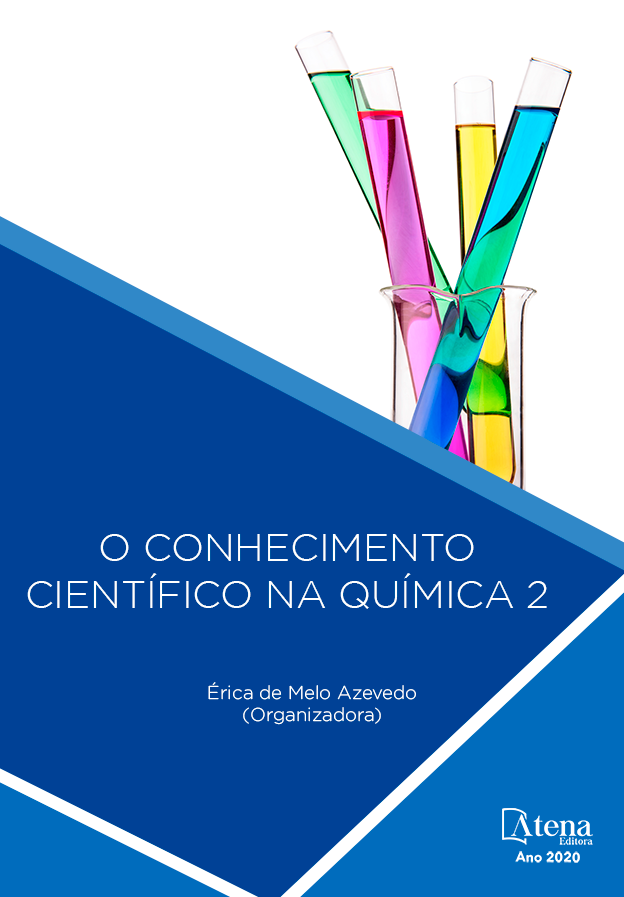
Determinação da citotoxidade do óleo essencial de Origanum vulgare
RESUMO: A determinação da citotoxicidade do óleo essencial extraído de planta é fundamental para garantir a segurança na utilização. O presente estudo teve como objetivo identificar a composição química e determinar a toxicidade do óleo essencial de Origanum vulgare em diferentes linhagens celulares, Madin Darby bovine kidney (MDBK), Rabbit kidney (RK 13), Madin Darby canine kidney (MDCK) e Crandell feline kidney (CRFK), pelo método brometo de 3-(4,5-dimetiltiazol-2-ilo)-2,5-difeniltetrazólio (MTT). A identificação química do óleo essencial foi realizada por cromatografia gasosa com ionização de chama (GC/FID). Os compostos encontrados no óleo essencial de orégano foram α-terpineno, γ-terpineno, linalol, 4- terpineol e timol. A concentração máxima não tóxica do óleo essencial de Origanum vulgare frente as células RK 13 e MDCK foi de 0,013 µg/mL, utilizando as células MDBK o resultado foi de 0,052 µg/mL e nas CRFK foi de 0,023 µg/mL. As análises demonstraram que a citotoxicidade foi dependente da linhagem celular.
Determinação da citotoxidade do óleo essencial de Origanum vulgare
-
DOI: 10.22533/at.ed.63120201115
-
Palavras-chave: Origanum vulgare, citotoxicidade, óleo essencial
-
Keywords: Origanum vulgare, cytotoxicity, essential oil
-
Abstract:
ABSTRACT: The determination of the cytotoxicity of the essential oil extracted from the plant is essential to ensure safe use. The present study aimed to identify the chemical composition and determine the toxicity of the essential oil of Origanum vulgare in different cell lines, Madin Darby bovine kidney (MDBK), Rabbit kidney (RK 13), Madin Darby canine kidney (MDCK) and Crandell feline kidney (CRFK), by the 3- (4,5-dimethylthiazol-2-yl) -2,5-diphenyltetrazolium (MTT) bromide method. The chemical identification of the essential oil was performed by gas chromatography with flame ionization (GC / FID). The compounds found in oregano essential oil were α-terpinene, γ-terpinene, linalool, 4-terpineol and thymol. The maximum non-toxic concentration of the essential oil of Origanum vulgare against RK 13 and MDCK cells was 0.013 µg/mL, using MDBK cells the result was 0.052 µg/mL and in CRFK was 0.023 µg/mL. The analyzes showed that the cytotoxicity was dependent on the cell line.
-
Número de páginas: 12
- Gabriela Hörnke Alves
- Rogério Antonio Freitag
- Silvia de Oliveira Hübner
- Marlete Brum Cleff
- Daiane Einhardt Blank


